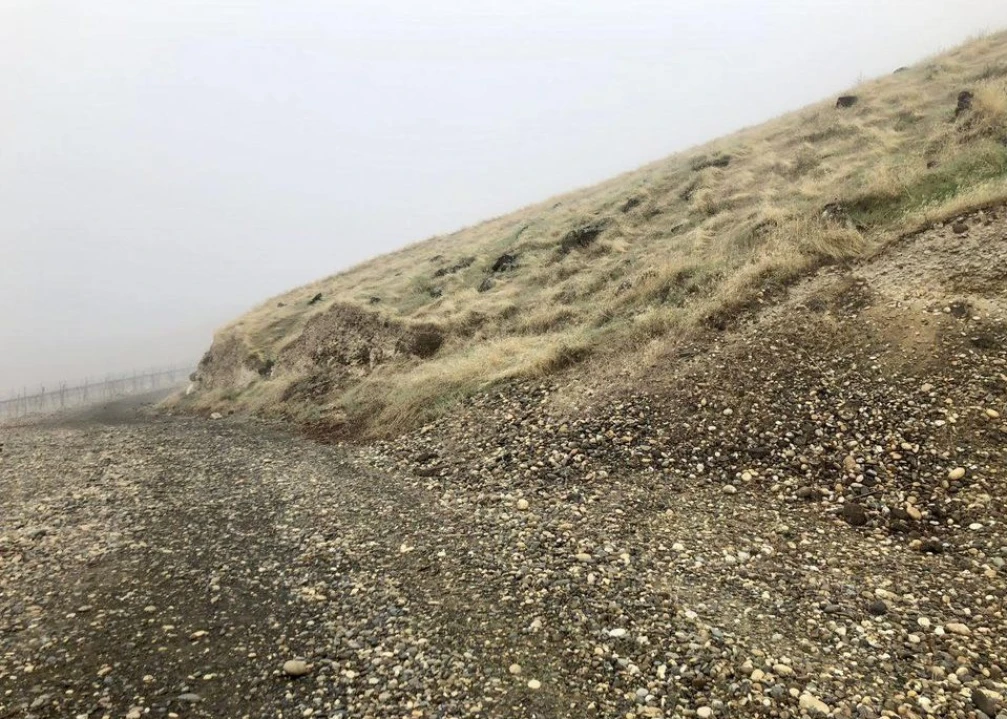One thousand feet above Washington's Columbia Valley, the highest reaches of dusty Snipes Mountain lie beneath river stones, vineyards staked incongrously in a mix of arid earth and the water-rounded rocks of gemlike beauty and crayon-color variation that winegrowers here call cobblestones. Less than than seven inches of rain fall on them every year. Among the more than 30 wine grape varieties grown: small amounts of Italian grapes like Barbera.
Much of the land that makes up Washington's AVAs — the United States's official agricultural zones, loose counterparts to Italy's DOPs and France's AOPs — is desert: all but one are set in the state's eastern side which is cut off from urban Seattle and Pacific Ocean rainclouds by the Cascades mountain range. Beneath them all, three jostling tectonic plates: the Pacific, the North American, and local troublemaker Juan de Fuca. Many of the arid plains and hills here once lay smooth and fertile under water.



